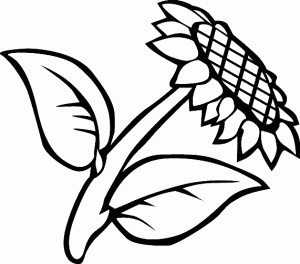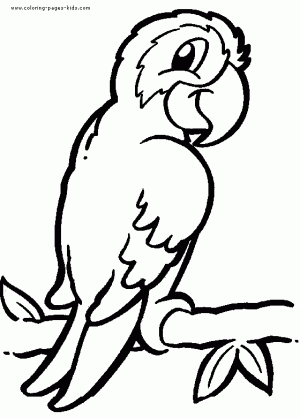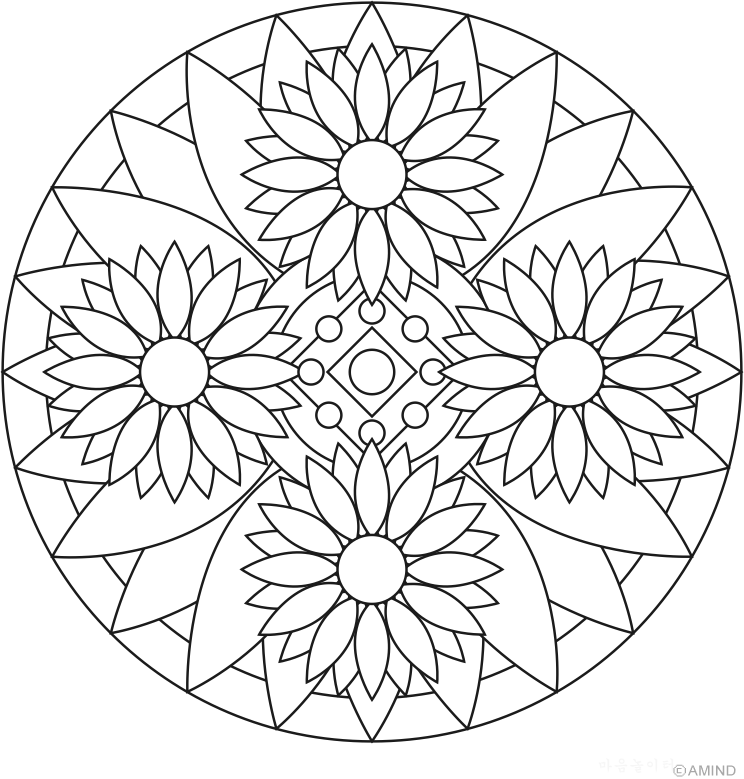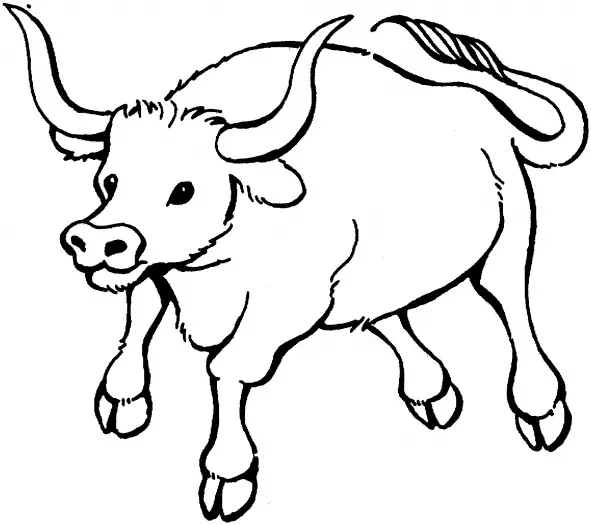Gin is a spirit flavoured with juniper berries. Distilled gin is made by redistilling white grain spirits which has been flavoured with juniper berries. Compound gin is made by flavouring neutral grain spirit with juniper berries without redistilling and can be considered a flavoured vodka.
The most common style of gin, typically used for mixed drinks, is London dry gin. London dry gin is made by taking a neutral grain spirit (usually produced in a column still) and redistilling after the botanicals are added. In addition to juniper, it is usually made with amounts of citrus botanicals like lemon and bitter orange peel. Other botanicals that may be used include anise, angelica root and seed, orris root, licorice root, cinnamon, coriander, and cassia bark.
Plymouth Gin has a different recipe, and is made without the bitter botanicals of London dry gin. It has lemon and orange, angelica, anise, cardamom, coriander and Juniper. Bitter lemon and orange are not used.
Distilled gin evolved from the Dutch spirits jonge- and oude- Jenever or Genever (young and old Dutch gin), Plymouth gin, and Old Tom gin. Sloe gin is a common ready-sweetened form of gin that is traditionally made by infusing sloes (the fruit of the blackthorn) in gin. Similar infusions are possible with other fruits, such as damsons (See Damson gin).
A well-made gin will be relatively dry compared to other spirits. Gin is often mixed in cocktails with sweeter ingredients like tonic water or vermouth to balance this dryness.
History
It is a common misconception that the word gin derives from the Swiss city, Genevre In fact, the word gin derives from the French word for juniper— genévrier— which is the fruit that flavours the drink. Its invention is often credited to the physician Franciscus Sylvius. It was sold in pharmacies and used to treat such medical problems as kidney ailments lumbago, Stomach ailments, gallstones, and gout. It spread to England after the Glorious Revolution put William of Orange on the British throne. Dutch gin, also known as jenever or genever, is a distinctly different drink from English-style gin; it is distilled with barley and sometimes aged in wood, giving it a slight resemblance to whisky. Schiedam, in South Holland, is famous for its jenever. Jenever is produced in a pot still and is typically lower in alcohol and more strongly flavoured than London gin.
Gin became popular in England after the government allowed unlicensed gin production and at the same time imposed a heavy duty on all imported spirits. This created a market for poor-quality grain that was unfit for brewing beer, and thousands of gin-shops sprang up throughout England. By 1740 the production of gin had increased to six times that of beer, and because of its cheapness it became popular with the poor. Of the 15,000 drinking establishments in London, over half were gin-shops. Beer maintained a healthy reputation as it was often safer to drink the brewed ale than unclean plain water. Gin, though, was blamed for various social and medical problems, and it may have been a factor in the higher death rates which stabilized London’s previously growing population. The reputation of the two drinks was illustrated by William Hogarth in his engravings Beer Street and Gin Lane(1751). This negative reputation survives today in the English language, in terms like “gin-mills” to describe disreputable bars or “gin-soaked” to refer to drunks, and in the phrase “Mother’s Ruin,” a common British name for gin.
The Gin Act 1736 imposed high taxes on retailers and led to riots in the streets. The prohibitive duty was gradually reduced and finally abolished in 1742. The Gin Act 1751 was more successful, however. It forced distillers to sell only to licensed retailers and brought gin-shops under the jurisdiction of local magistrates. Gin in the 18th century was produced in pot stills, and was somewhat sweeter than the London gin known today.
In London in the early eighteenth century, gin sold on the black market was prepared in illicit stills (of which there were 1500 in 1726) and was often adulterated with turpentine and sulphuric acid. As late as 1913 Webster’s Dictionary states without further comment that ‘Common gin is usually flavoured with turpentine.
The column still was invented in 1832, and the “London dry” style was developed later in the 19th century. In tropical British colonies, gin was used to mask the bitter flavour of quinine, a protection against malaria, which was dissolved in carbonated water to form tonic water. This was the origin of today’s popular gin and tonic combination, even though it is not necessary for the majority of today’s consumers of the drink. Quinine is still prescribed for malaria in many developing countries where more recent treatments are prohibitively expensive. Gin is a popular base spirit for many mixed drinks, including the martini. Secretly produced “bathtub gin” was commonly available in the speakeasies and “blind pigs” of Prohibition-era America due to the relative simplicity of the production method. Gin remained popular as the basis of many cocktails after the repeal of Prohibition.
The National Gin Museum is in Hasselt, Belgium
Brands of Gin
- Aviation – full and weighty mouth feel, Pacific Northwest inspired flavors of earth and spice, uniquely cool finish.
- Beefeater – First produced in 1820
- Bombay Sapphire – distilled with ten botanicals
- Booth’s- first produced in 1790 by Sir Felix Booth
- Bulldog Gin – infused with Poppy and Dragon Eye
- Citadelle – 19 exotic botanicals, made in Cognac, France
- Cork Dry Gin – First distilled at the Watercourse Distillery in Cork City in 1793, now Ireland’s best selling Gin.
- Damrak – Sweet candied citrus aromas with a spicy licorice and a juniper edge.
- Gilbey’s Gin
- Ginebra San Miguel – produced in the Philippines
- Gordon’s – “by appointment to Her Majesty Queen Elizabeth II of Great Britain”
- Greenall’s
- G’vine – based on an Ugni Blanc base spirit and infused with green grape flowers
- Hendricks’s Gin – An unusual gin made in Scotland, infused with cucumber and rose petals.
- Old Tom Gin
- Plymouth – first distilled in 1793
- Seagram’s Gin
- South Gin – from New Zealand using New Zealand-native manuka berries and kawa leaves
- Steinhager
- Tanqueray
- Uganda WAragi – triple distilled Ugandan Waragi Gin
- Whitley Neill Gin – Small batch Super-premium gin distilled with Baobab fruit and Cape Gooseberries














